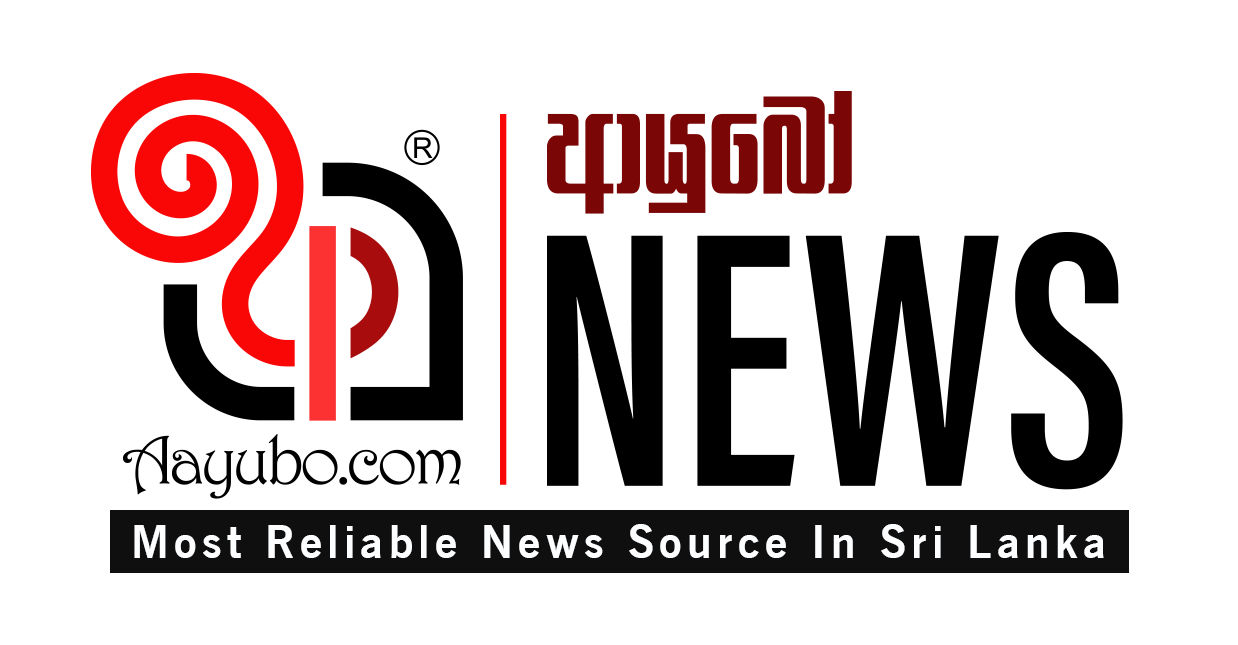Small and medium sized enterprises

Nowadays there is a special trend in the business world to talk about the small and medium enterprises sector rather than talking only about the small business sector. If get all the small and medium-sized enterprises together in a country, those can be identified as the small and medium enterprises sector. Most of the philosophers and economists in Sri Lanka have already noted that there is the high importance of those SMEs to economic growth and social development. Even in industrial countries, small and medium-sized enterprises have contributed heavily for innovations and entrepreneurship. There are different factors which can be used to differentiate those small and medium-sized enterprises from other businesses like turnover of the business, the number of full-time labours, the value of the total assets etc. In an economy, government has the responsibility to abstract small and medium-sized businesses from all the businesses for comparing and evaluating SMEs, giving incentives, donations, and other benefits, getting international donations, giving loan facilities under low-interest rates, calculating the contribution from SMEs to the gross domestic product, giving tax intervals and incentives, measuring the contribution to the national employment, introducing economic programs to minimize unfair income distribution among people, developing government policies, and practices etc. There is a long process for getting an output from a large-scale business, so the results of that process are the combination of different types of physical and human resources. There is a lower level of ability to create innovations through large-scale businesses. But SMEs have the capacity to create more innovations and entrepreneurship because there is a lower complicated process for getting outputs. Apart from that, SMEs are very close to the customers. Small and medium-sized businessman has the ability to identify the taste of the customers and get feedback of them well. So SMEs can increase their productivity level than large-scale businesses in the country. Most of the SMEs have implemented the concept of "Management of walking around" (MBWA) since the owner of the SME also the manager of that SME. So the productivity and profitability of the SMEs can be enhanced by its managers well. In a country, the main force of the economic development is SME and on the other hand, the main force of developing SMEs is entrepreneurship. If a country's engine of economic development is a SME, the fuel for driving that engine is the entrepreneurship.
by Sachini Sooriyaarachchi
Photo Source: Internet
543 Views




Comments